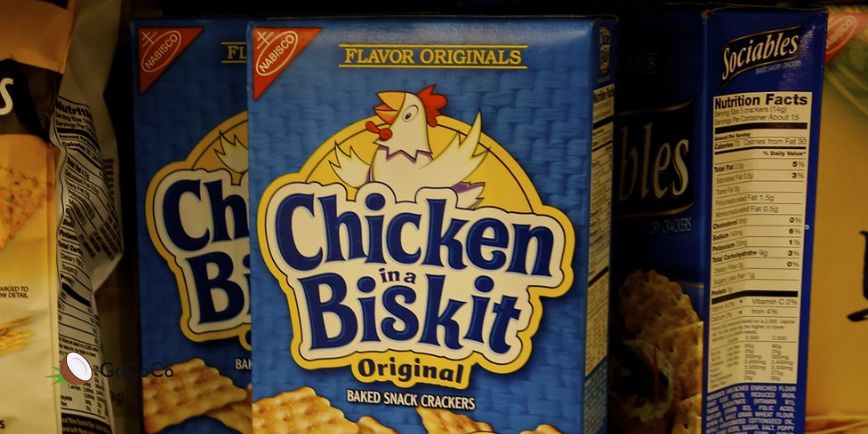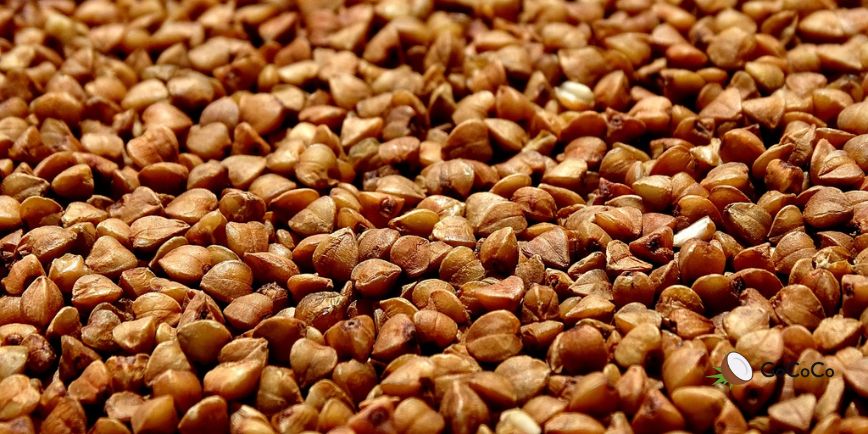
Traditional soy sauce is typically made with fermented soybeans and wheat. Because wheat contains gluten, most regular soy sauces are not gluten free. This is important for anyone with celiac disease or gluten sensitivity.
However, the good news is that there are gluten-free soy sauces on the market, usually labeled as such, made with alternatives like rice instead of wheat.
If you’re trying to avoid gluten, look for terms like “gluten-free” or “tamari” on the bottle. Tamari is a type of soy sauce that’s often (but not always) made without wheat. Just be sure to check the label carefully because some tamari brands still contain gluten.
Choosing a soy sauce that fits your gluten-free lifestyle means paying attention to ingredients and exploring good alternatives. Here are key tips to guide your choice:
By keeping these tips in mind, you can enjoy savory flavors safely while supporting a balanced, whole-foods lifestyle.
If you’re looking to reduce ultra-processed foods or sodium, here are some ways to enjoy savory flavors without overdoing soy sauce:
At Gococo, we encourage simple swaps that make cooking healthier and more enjoyable without losing flavor.
Soy sauce can be part of a gluten-free diet if you choose the right product, like gluten-free tamari or coconut aminos.
Remember to always check the label and use condiments mindfully, balancing them with plenty of whole foods, veggies, and plant-based proteins.
Small, practical changes like these help build the kind of balanced lifestyle Gococo promotes.


